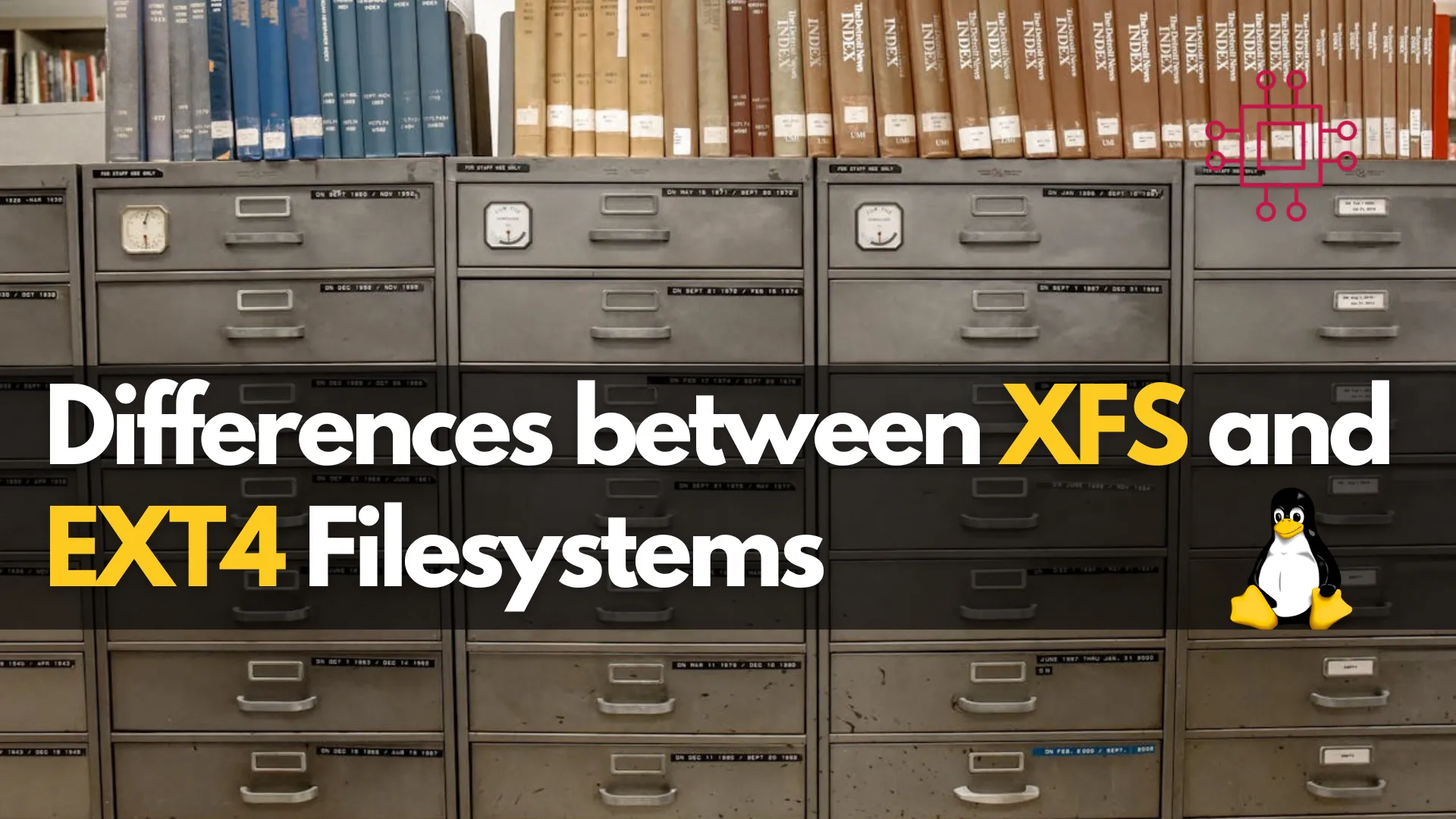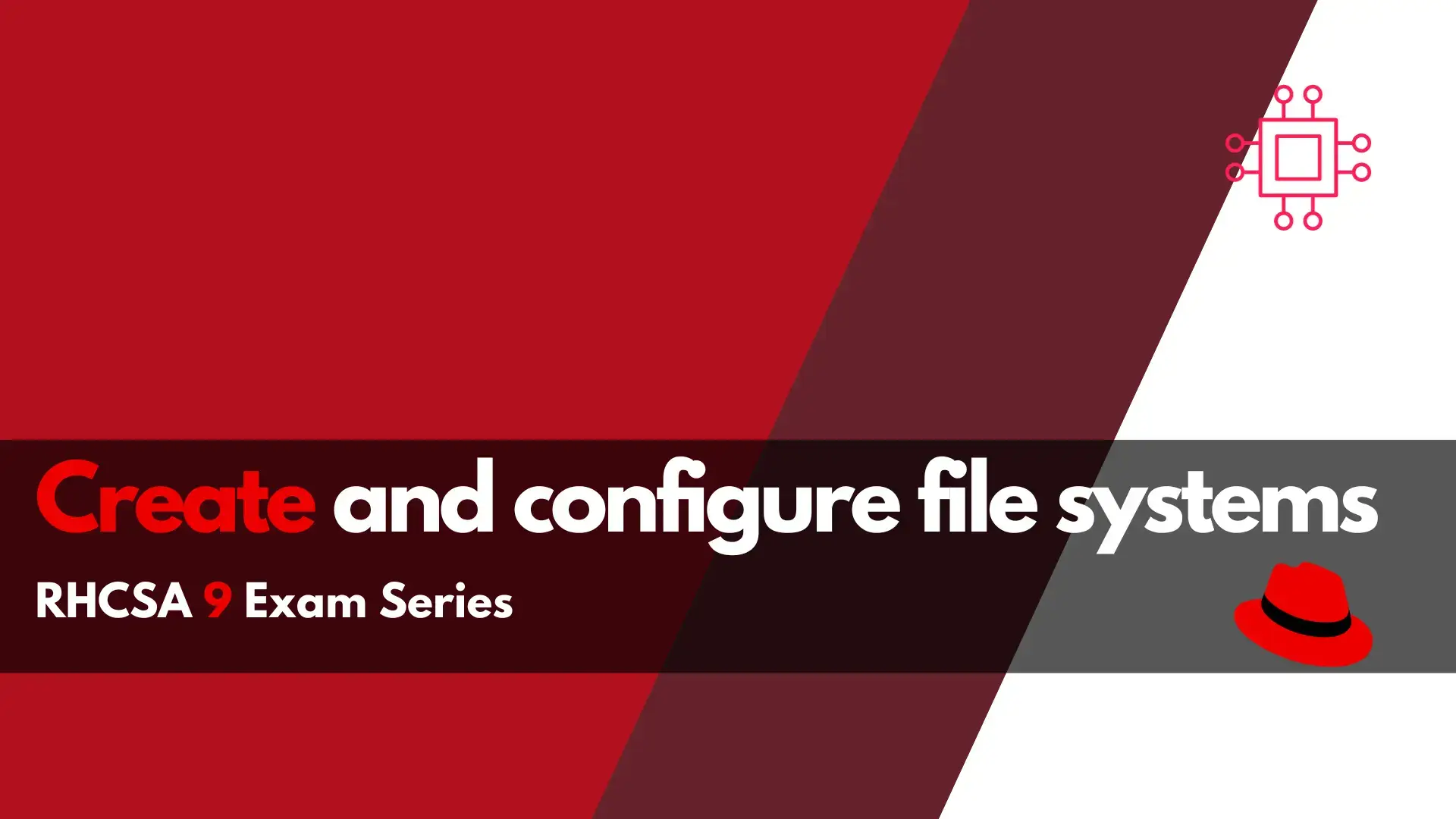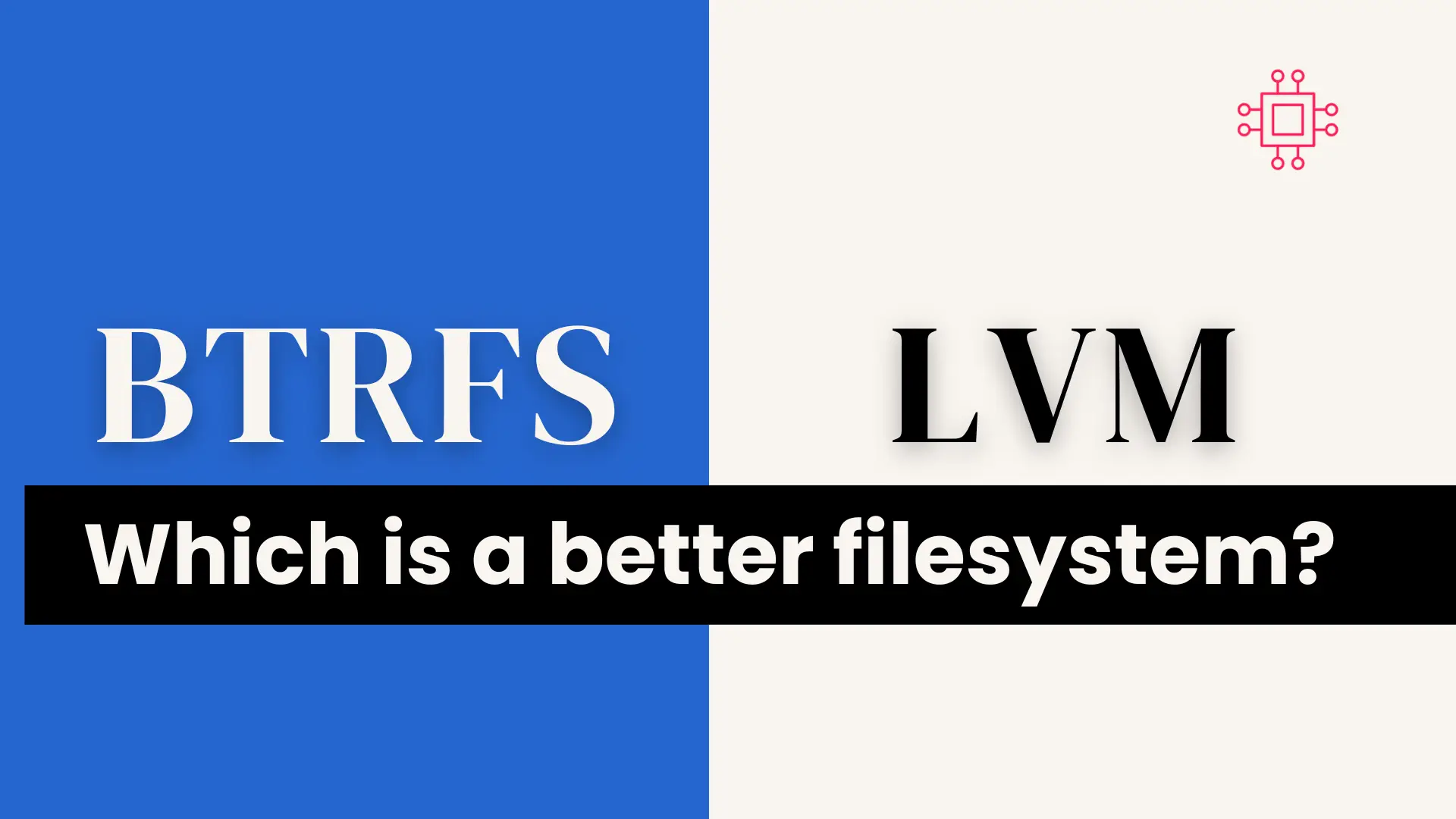
Configuring autofs in Linux is a straightforward task. This article will guide you through the process of setting up and enabling the autofs service. Table

Discover the differences between XFS and EXT4 filesystems in our comprehensive blog post. Learn about performance, scalability, reliability, and more to make an informed decision for your Linux-based system.
When it comes to choosing a file system for your Linux-based system, two of the most popular options are XFS and EXT4. Both have their strengths and weaknesses, but understanding the differences between them can help you make an informed decision. In this post, we’ll delve into the nuances of XFS and EXT4 to help you determine which one suits your needs best.

Photo by Antoni Shkraba from Pexels
Let’s start with a brief overview of each file system:
XFS: Developed by Silicon Graphics International (SGI), XFS is a high-performance journaling file system known for its scalability and reliability. It’s commonly used in enterprise environments and is particularly well-suited for large storage configurations.
EXT4: An evolution of the EXT3 file system, EXT4 is the default file system for many Linux distributions. It offers improved performance and reliability over its predecessor and is widely used in both desktop and server environments.
Now, let’s compare the features of XFS and EXT4 side by side:
| Feature | XFS | EXT4 |
|---|---|---|
| Maximum File Size | 8 exbibytes (EB) | 1 exbibyte (EB) |
| Maximum Volume Size | 8 exbibytes (EB) | 1 exbibyte (EB) |
| Journaling | Yes | Yes |
| Metadata Checksums | Yes | No |
| Delayed Allocation | Yes | Yes |
| Online Resizing | Yes | Yes |
| Fragmentation Handling | Efficient | Less efficient |
| Allocation Group Placement | Dynamic | Static |
One of the key differences between XFS and EXT4 lies in their performance and scalability characteristics.
XFS is optimized for high-performance environments, particularly with large files and large storage configurations. Its delayed allocation feature helps minimize fragmentation and improve write performance. EXT4, on the other hand, performs well in most scenarios but may exhibit performance degradation with very large files or volumes.
XFS excels in scalability, supporting larger file sizes and volumes compared to EXT4. This makes it a preferred choice for enterprise applications that require massive storage capacities. EXT4 is more suitable for smaller to medium-sized deployments, although it can still handle sizable workloads effectively.
When it comes to reliability and data integrity, both XFS and EXT4 offer robust features, but there are some differences worth noting.
XFS: XFS includes metadata checksums, which helps detect and prevent data corruption caused by hardware failures or other issues. This enhances overall data integrity and reduces the risk of data loss.
EXT4: While EXT4 supports journaling for improved reliability, it lacks metadata checksums, which means it may be more susceptible to certain types of data corruption compared to XFS. However, for many use cases, EXT4’s journaling mechanism provides sufficient protection against data loss.
In terms of compatibility and support, both XFS and EXT4 are well-supported in the Linux ecosystem. Most Linux distributions include built-in support for both file systems, allowing users to choose the one that best fits their requirements.
However, it’s worth noting that XFS may require additional configuration or kernel modules in some distributions, whereas EXT4 is typically available out-of-the-box.
In summary, both XFS and EXT4 are solid choices for Linux-based systems, each with its own strengths and weaknesses. If you’re working in an enterprise environment with large storage requirements and performance-critical workloads, XFS may be the better option due to its scalability and high-performance capabilities.
On the other hand, if you’re running a smaller to medium-sized deployment where compatibility and ease of use are paramount, EXT4 offers a reliable and well-supported file system option.
Ultimately, the choice between XFS and EXT4 will depend on your specific use case and requirements. By understanding the differences outlined in this post, you can make an informed decision that best suits your needs.
Did you find this article useful? Your feedback is invaluable to us! Please feel free to share your thoughts in the comments section below.
Related Posts

Configuring autofs in Linux is a straightforward task. This article will guide you through the process of setting up and enabling the autofs service. Table

Are you ready to take on the RHCSA 9 exam? Our comprehensive guide on creating and configuring file systems in RHCSA will equip you with

In this article, we will compare Btrfs and LVM and determine which filesystem is better. This should be an interesting read…why you ask? Table of
